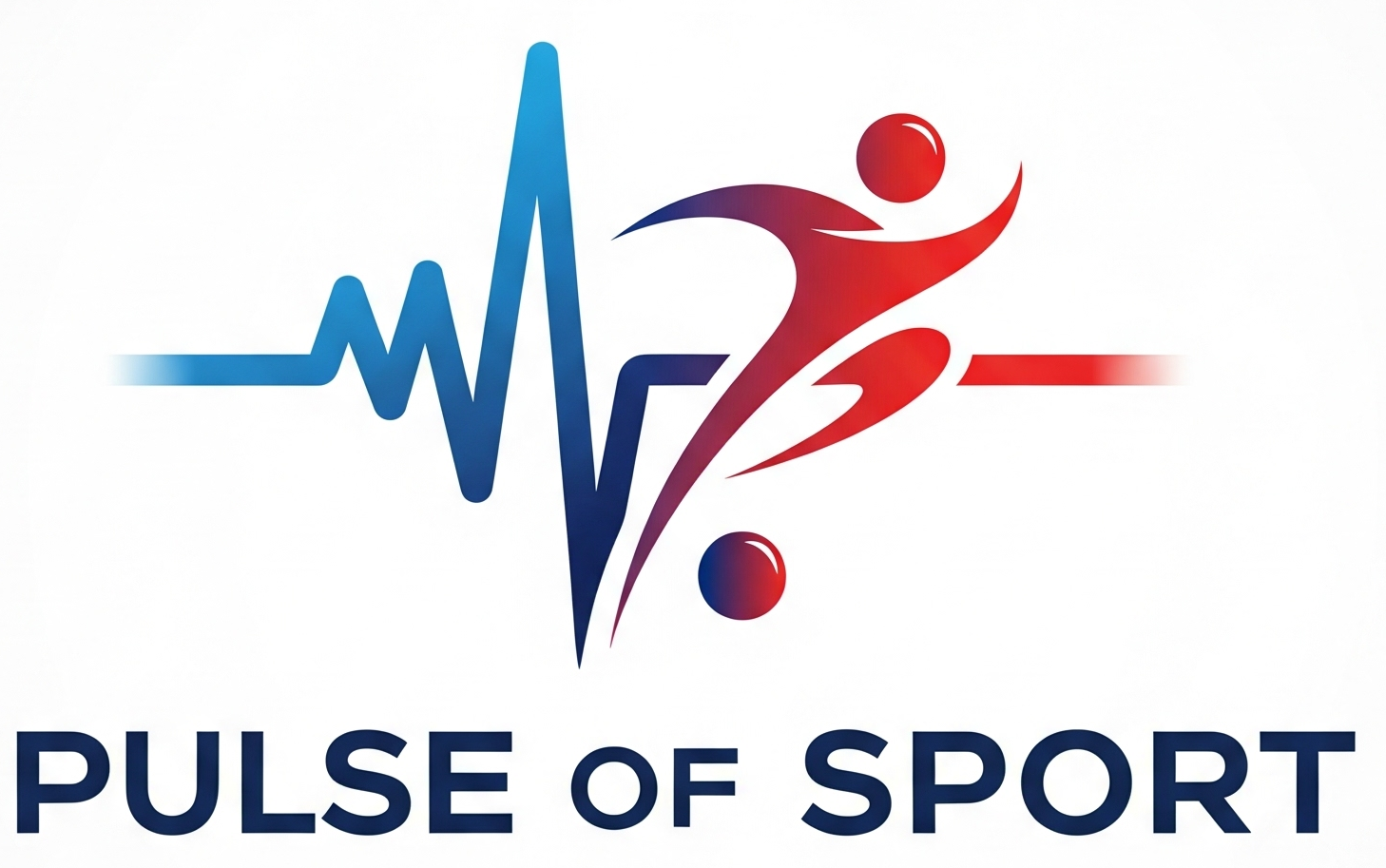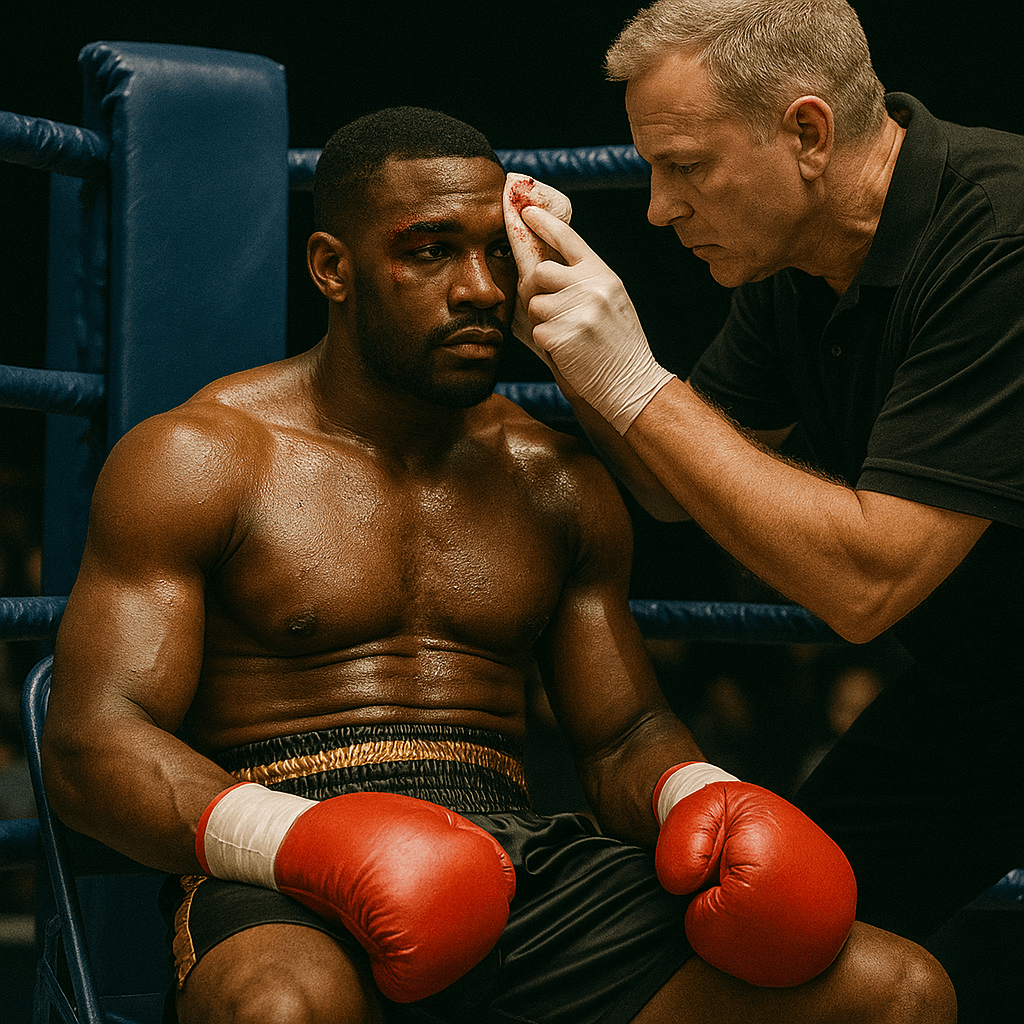Picture this: 47 seconds into the first round, and suddenly a promising career hangs by a thread. That’s exactly what happened to Gerald McClellan in 1995 — one moment he was demolishing Nigel Benn, the next he was fighting for his life in a London hospital. Boxing isn’t just about glory and million-dollar purses. It’s a sport where careers can end with a single devastating blow, where fighters walk a razor-thin line between triumph and tragedy.
The brutal mathematics are sobering. According to medical studies, professional boxers face a 4-7% chance of suffering a serious brain injury during their career. But behind these cold statistics lie human stories of resilience, heartbreak, and sometimes miraculous comebacks. From Muhammad Ali’s Parkinson’s battle to modern-day warriors defying medical predictions, boxing’s relationship with career-threatening injuries reveals the raw essence of human determination.
When one punch changes everything — the harsh reality of boxing injuries
Boxing has always been a cruel mistress, but the modern era has brought unprecedented scrutiny to the sport’s most devastating moments. The ring doesn’t discriminate — it has claimed prospects and champions alike, often in the most unexpected circumstances.
Take Prichard Colón, for instance. The undefeated Puerto Rican prospect was riding high with an 16-0 record when he faced Terrel Williams in 2015. What should have been another stepping stone became a nightmare. Repeated rabbit punches — illegal blows to the back of the head — went unaddressed by the referee. Colón complained repeatedly, but the fight continued. Hours later, he was in a coma that would last 221 days.
The medical terminology is clinical, but the reality is gut-wrenching. Subdural hematoma. Traumatic brain injury. Persistent vegetative state. These aren’t just medical conditions — they’re life sentences that can be handed down in fractions of seconds.
The anatomy of devastating injuries
Brain injuries dominate the landscape of career-threatening conditions in boxing. The brain, floating in cerebrospinal fluid, crashes against the skull with each impact. Chronic traumatic encephalopathy (CTE) has become boxing’s most feared specter, lurking in the shadows of every fighter’s future.
But it’s not just head trauma that ends careers. Detached retinas have stolen the sight of countless fighters. Ernie Shavers, despite his legendary punching power, suffered retinal damage that contributed to his retirement. Eye injuries in boxing aren’t just about vision — they’re about survival instincts being compromised in the most dangerous athletic environment imaginable.
The referee’s impossible burden
Referees carry an enormous responsibility. They’re the thin line between competitive combat and potential tragedy. Richard Steele, who officiated some of boxing’s biggest fights, once said he’d rather stop a fight too early than watch a fighter get seriously hurt. Yet the pressure from promoters, fans, and the fighters themselves creates an almost impossible situation.
Economic pressures that compound the danger
Here’s where the story gets particularly dark. Many fighters, especially those from disadvantaged backgrounds, continue fighting despite obvious signs of damage because they have no other source of income. The sport that offers an escape from poverty can become a prison of necessity, trapping fighters in a cycle where they must risk their health for survival.
The comeback kings — fighters who defied medical predictions
Not every career-threatening injury spells the end. Some fighters possess an almost supernatural ability to overcome what doctors consider insurmountable obstacles. Their stories aren’t just inspiring — they’re testaments to human resilience that border on the miraculous.
Bernard Hopkins — the ageless wonder’s secret
At 46, Bernard Hopkins suffered what many considered a career-ending achilles injury against Chad Dawson. The prognosis was grim: extensive surgery, months of rehabilitation, and serious questions about whether a fighter approaching 50 could return to elite level competition. Hopkins had other plans.
His comeback wasn’t just about physical rehabilitation — it was about mental reconstruction. Hopkins transformed his approach, working with cutting-edge sports medicine specialists and adopting recovery protocols typically reserved for much younger athletes. Eighteen months later, he was back in the ring, eventually fighting until age 51.
Marco Antonio Barrera’s eye miracle
When Barrera suffered a severe cut above his left eye against Erik Morales in 2002, many thought his career was finished. The injury required 20 stitches and left significant scar tissue. Boxing commissions were reluctant to license him for future fights. But Barrera’s team pioneered new treatment methods, working with plastic surgeons to minimize scar tissue and restore the structural integrity around his eye.
The Mexican legend’s return wasn’t just successful — it was dominant. He went on to have some of his best performances after the injury, proving that sometimes adversity can catalyze greatness.
The mental component of miraculous comebacks
What separates successful comebacks from failed attempts often isn’t physical — it’s psychological. Sports psychologists working with boxing have identified specific mental traits that predict successful returns from serious injuries:
- Compartmentalization: The ability to separate fear from performance
- Adaptive perfectionism: Setting high standards while accepting setbacks
- Social support systems: Strong relationships outside boxing
- Purpose beyond the sport: Fighting for something larger than personal glory
Career-ending blows that shocked the boxing world
Some injuries don’t offer the luxury of comeback stories. They arrive like lightning bolts, instant and absolute, changing everything in a heartbeat. These moments remind us why boxing remains the most dangerous sport in the world.
The most haunting aspect of career-ending injuries is their unpredictability. They don’t always come from the hardest punchers or the most violent exchanges. Sometimes, it’s the accumulation of seemingly minor impacts that creates the perfect storm.
- Gerald McClellan vs. Nigel Benn (1995): McClellan was winning the fight when a series of punches in the 10th round changed everything. He collapsed after the fight, underwent emergency brain surgery, and was left blind and partially deaf. The tragedy highlighted boxing’s razor-thin margin between victory and catastrophe.
- Michael Watson’s nightmare (1991): Against Chris Eubank, Watson was ahead on the scorecards when he was dropped in the 12th round. What seemed like a standard knockdown became a life-threatening brain injury. Watson spent 40 days in a coma and required six brain surgeries. His recovery took years, but his courage in rebuilding his life became legendary.
- Magomed Abdusalamov’s devastating decline (2013): The Russian heavyweight absorbed tremendous punishment against Mike Perez at Madison Square Garden. Despite obvious signs of distress, the fight wasn’t stopped. Abdusalamov required emergency brain surgery and was left permanently disabled, unable to walk or speak properly.
- Paul Williams’ racing accident twist (2012): Ironically, the welterweight champion’s career wasn’t ended by boxing — a motorcycle accident left him paralyzed from the waist down. His story shows how fragility extends beyond the ring, affecting fighters who seem invincible.
- Prichard Colón’s ongoing battle: The most recent high-profile tragedy continues to unfold. Colón remains in a vegetative state, requiring round-the-clock care. His case sparked major reforms in boxing safety protocols and referee training programs.
These cases share common threads: inadequate medical supervision, delayed recognition of serious symptoms, and the sport’s cultural resistance to stopping fights prematurely. Each tragedy has contributed to incremental safety improvements, but the fundamental dangers remain unchanged.
The legal ramifications have been enormous. Families have sued promoters, venues, and sanctioning bodies, leading to settlements worth millions of dollars. More importantly, these cases have forced boxing to confront its responsibilities toward fighter safety.
Modern medicine vs. old-school mentality — how injury treatment evolved
Boxing’s relationship with medical science has been complicated, to put it mildly. For decades, the sport operated on machismo and outdated theories about toughness. Fighters were expected to continue despite obvious injuries, and medical intervention was often seen as weakness rather than wisdom.
The transformation has been revolutionary. Modern boxing medicine combines cutting-edge neuroscience with traditional sports medicine, creating comprehensive protocols that would have seemed like science fiction just decades ago.
Revolutionary diagnostic tools
Today’s pre-fight medical examinations include neurological assessments that can detect subtle signs of brain damage before they become serious problems. Advanced MRI techniques can identify micro-hemorrhages that were previously invisible. Blood biomarker tests can reveal brain trauma at the cellular level, providing early warning systems that didn’t exist in previous generations.
Real-time monitoring systems
Some boxing commissions now use advanced monitoring systems during fights. Heart rate variability sensors, combined with video analysis software, can detect when a fighter is in serious distress even if they’re still standing. These systems represent a paradigm shift from reactive to proactive medical care.
The resistance to change
Despite technological advances, boxing’s old-school culture often resists medical innovation. Trainers who learned their craft in different eras sometimes view modern safety measures as interference with the sport’s fundamental nature. This tension between tradition and science continues to shape boxing’s evolution.
The most successful integration of modern medicine has occurred at the elite level, where million-dollar purses justify expensive medical protocols. Unfortunately, this creates a two-tiered system where amateur and lower-level professional fighters often lack access to the same protective measures.
Rehabilitation revolution
Recovery from boxing injuries has been transformed by advances in neuroplasticity research and rehabilitation medicine. Fighters recovering from brain injuries now have access to cognitive rehabilitation programs that can restore function previously thought to be permanently lost. Physical therapy protocols specifically designed for combat sports have dramatically improved recovery rates from orthopedic injuries.
The supplements and nutrition factor
Modern boxing medicine extends far beyond injury treatment to injury prevention. Nutritional protocols designed to support brain health, anti-inflammatory diets, and carefully monitored supplement regimens can reduce injury risk and improve recovery times. This preventive approach represents perhaps the most significant shift in boxing medicine philosophy.
The betting angle — how injuries reshape championship odds
Here’s where the cold reality of modern boxing intersects with the gambling industry. Injuries don’t just affect fighters and their families — they send shockwaves through the betting markets, creating opportunities and disasters for those wagering on the sweet science.
Professional bettors know that injury information is gold. A minor hand injury that won’t be publicly announced until fight week can shift odds by several points. Smart money moves on injury intelligence long before casual fans understand its significance.
Consider Anthony Joshua’s surprise loss to Andy Ruiz Jr. in 2019. Rumors circulated before the fight about Joshua dealing with sparring injuries, but most dismissed them as typical pre-fight gamesmanship. Those who took the rumors seriously and backed Ruiz at +1000 odds made fortunes when the upset materialized.
- Pre-fight injury speculation creates betting opportunities: Savvy bettors monitor training camp reports, sparring session leaks, and medical facility visits. Information about undisclosed injuries can provide significant betting edges before odds adjust to reflect the reality.
- Historical injury patterns predict future performance: Fighters with extensive injury histories often struggle with consistency. Analyzing medical records and injury timelines can reveal patterns that bookmakers sometimes overlook when setting odds.
- Recovery time affects performance windows: The timing between recovery and return significantly impacts performance. Fighters returning too quickly from serious injuries often show diminished abilities, creating value betting opportunities for those who recognize the pattern.
The psychological impact of career-threatening injuries extends beyond the injured fighter. Opponents often fight differently against fighters returning from serious injuries, sometimes showing either excessive caution or unexpected aggression. Understanding these psychological dynamics can inform betting strategies.
Regulatory changes following high-profile injuries also affect betting markets. Enhanced medical protocols, stricter licensing requirements, and modified rules can shift competitive balances in ways that create temporary market inefficiencies.
Lessons from the laboratory of human limits
Boxing continues evolving, but the fundamental equation remains unchanged: extraordinary rewards balanced against extraordinary risks. The sport’s relationship with career-threatening injuries serves as a brutal reminder of human fragility and resilience existing in the same space.
What emerges from these case studies isn’t just medical data or tragic statistics. It’s a deeper understanding of what drives human beings to voluntarily enter the most dangerous athletic arena ever created. Some fight for money, others for glory, but the truly great ones fight for something more transcendent — the opportunity to discover their absolute limits.
The next generation of fighters will benefit from today’s medical advances, but they’ll face the same fundamental choice that has always defined boxing: how much are you willing to risk for greatness? That question — brutal, honest, and unanswerable until the moment of truth arrives — ensures that boxing will always remain the most human of sports.
Will tomorrow’s safety innovations finally solve boxing’s injury crisis, or will the sport’s essential nature always demand its terrible price?


